Warning: The following article about Avatar: The Last Airbender and animation as a medium contains spoilers.
Animation is my go-to for entertainment. One of the most recent films I watched was Orion and the Dark on Netflix, and I adored it. No one is talking about it, though. What many people are talking about is the latest live-action adaptation of a much-loved property. I’m referring to Netflix’s adaptation of Avatar: The Last Airbender and a bigger problem that has been stirring in my mind ahead of its premiere.
If It’s Not Real, What’s The Big Deal?
For some reason, there is a collective belief that animation needs to make the mundane journey of a live-action adaptation, that ripping these larger-than-life characters and bringing them down to our level somehow legitimizes what the story was aiming for so that everyone can enjoy it. This has happened countless times in film and television. Some of the most notable are, of course, Disney’s spree of live-action remakes. However, most of the time, these adaptations lack the magic that their animated predecessors captured (except for Pete’s Dragon, which dared to be different).
Now we have a new, live-action interpretation of Avatar: The Last Airbender, and the more news that comes out further pushes multiple questions I always have: why make a live-action version? Before you say anything, yes, I understand the monetary value, but I ask where is the artistic value? I say this as someone who was, at first, cautiously optimistic about Netflix’s live-action Avatar: The Last Airbender. The problem I have stems from a belief I’ve had for a long time.
I believe that the industry and mainstream audiences have never given animation its proper dues. Even when the medium goes above and beyond with regard to storytelling and characters, it is never given proper respect. After all, the themes of Avatar: The Last Airbender are timeless. They’re told in such a fantastical way that animation excels at portraying.
Here is an interesting fact: the Best Animated Feature category at the Oscars was only created in 2001. That’s right, in the Academy Awards’ almost century-long history, only three animated features have been nominated in the Best Picture category. The first was Beauty & the Beast in 1991. It would be 19 years before Up would get the second nod — and that’s all it was, ultimately. Then in 2011, Toy Story 3 finished (so far) the hat-trick of animated goals achieving recognition.
The Wrong Lessons Learned
It’s been 13 years since then, and though many fantastic animated stories have come and gone, all the industry can think about is adaptation. We’ve had many live-action adaptations, each less interesting than the last. Unfortunately, when one hits (like 2015’s Cinderella), the lesson learned is not to look at why it worked, but instead to slavishly drain the imagination from the source material of the next live-action remake. This usually means that studios will make a new, updated version of the source material sans vibrancy. And yet, the studios and mainstream audiences seem to fall over themselves in love with it.
Arguably the biggest perpetrator of this was 2019’s The Lion King. The reactions ranged from the ridiculous to the downright idiotic. As if being more realistic somehow made it better. It was completely unnecessary.
Hope for Avatar: The Last Airbender
Thankfully, though, there have been bright spots, one such highlight has been One Piece. With its success, there has been a surge in new fans for the source material. There has also been the announcement of a remake from a new animation studio, as well as a spin-off that further explores the world of One Piece.
Hopefully, the Netflix iteration of Avatar: The Last Airbender will continue this trend. And when the Gaang make their latest live-action journey, success or failure, more fans will find Avatar: The Last Airbender, the animated original.



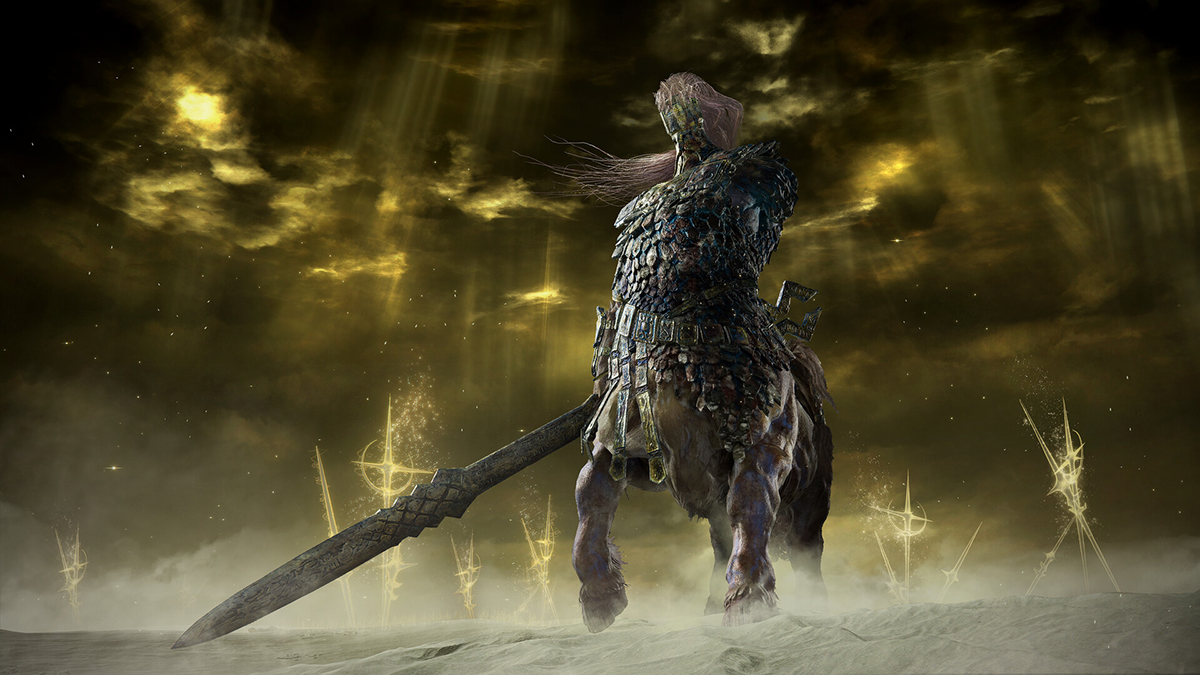
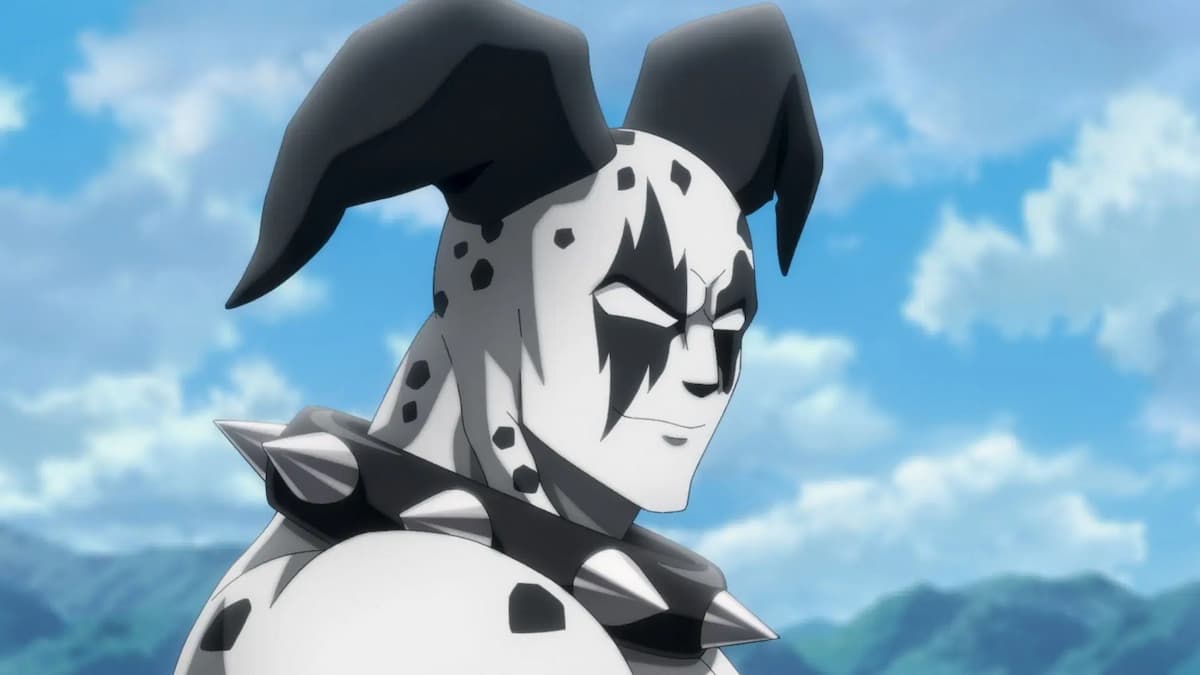


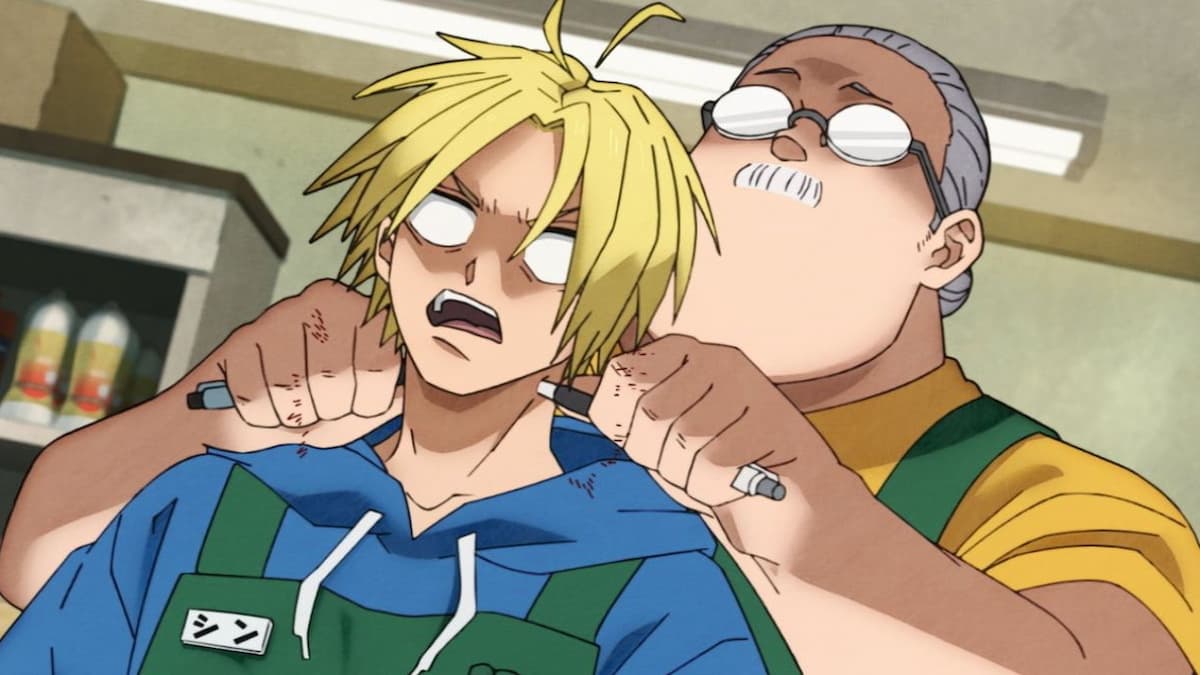

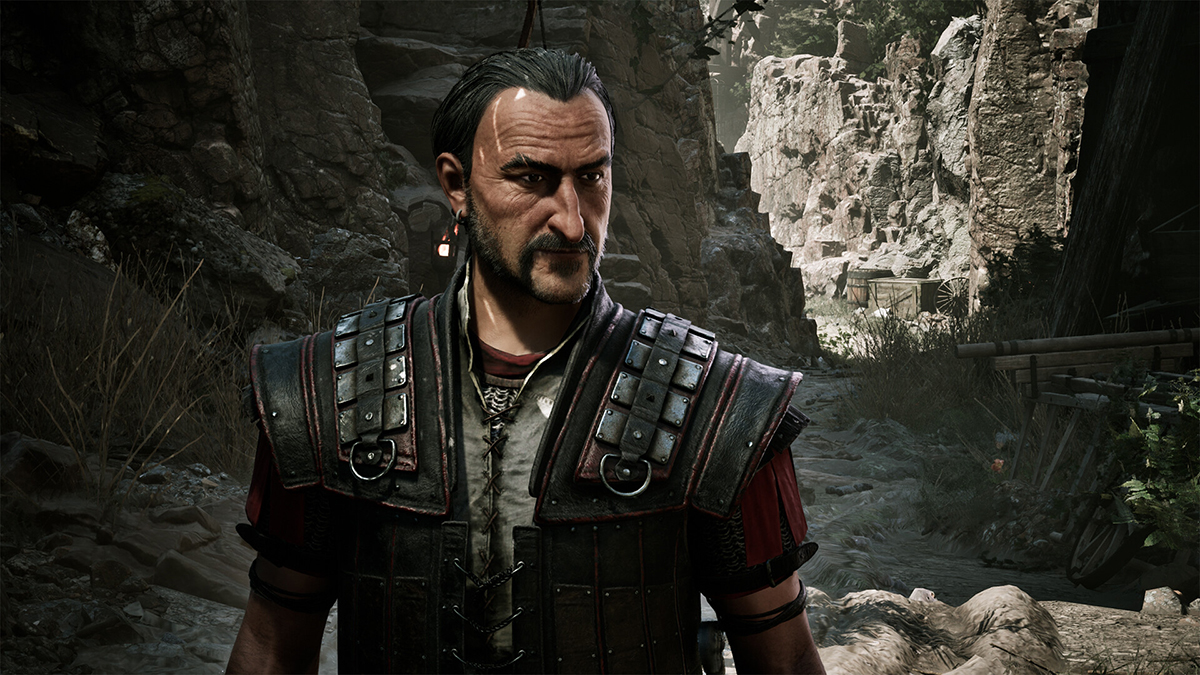
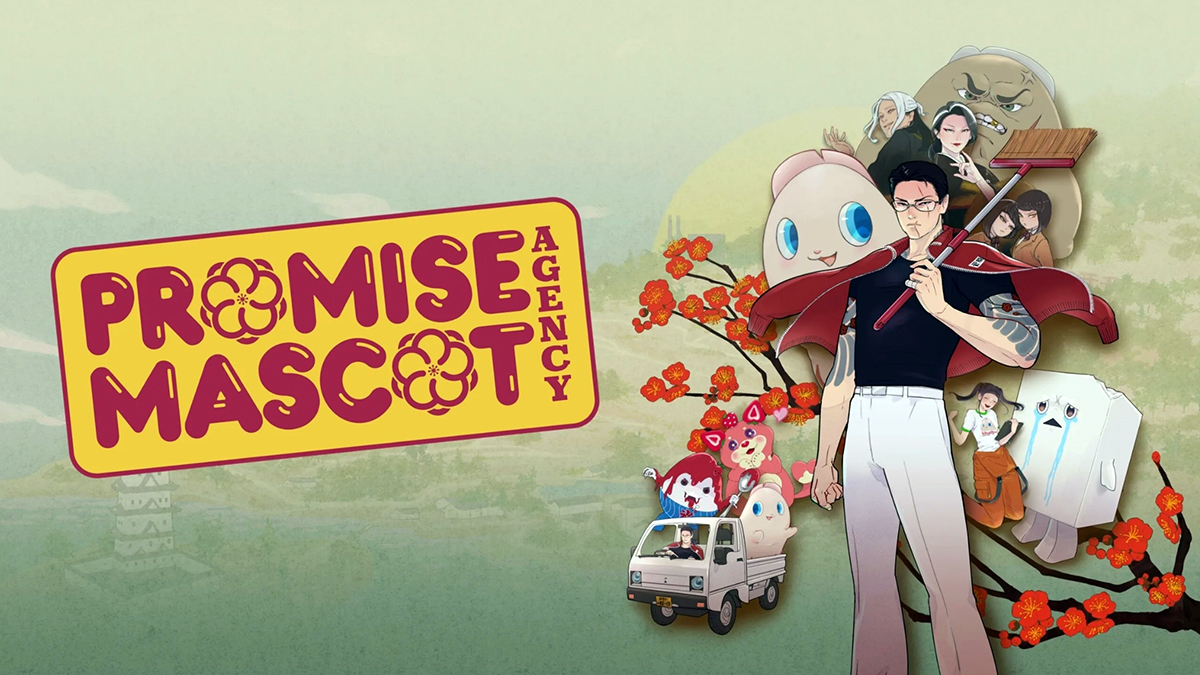
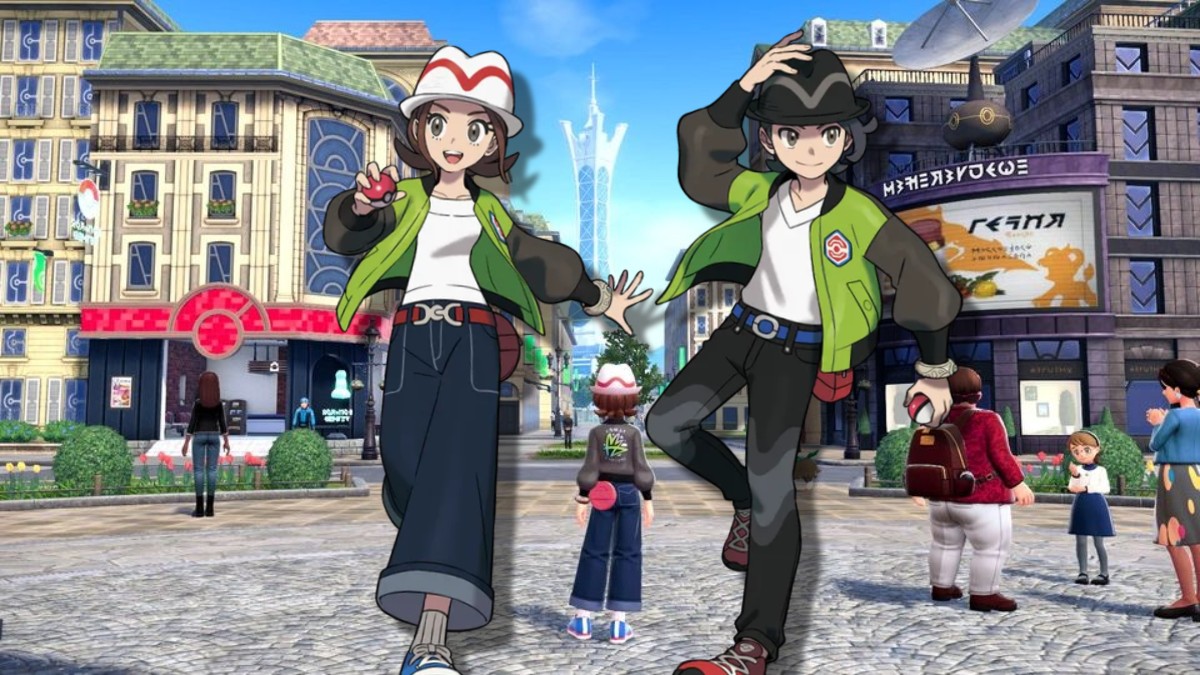

Published: Feb 15, 2024 10:00 PM UTC